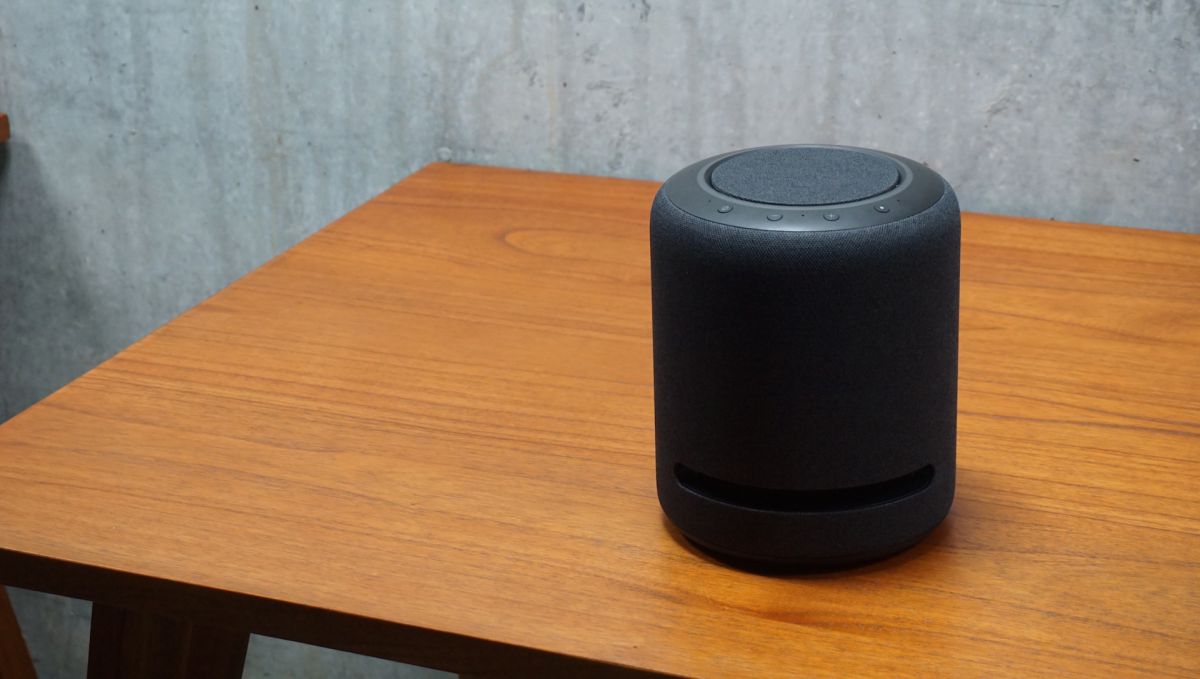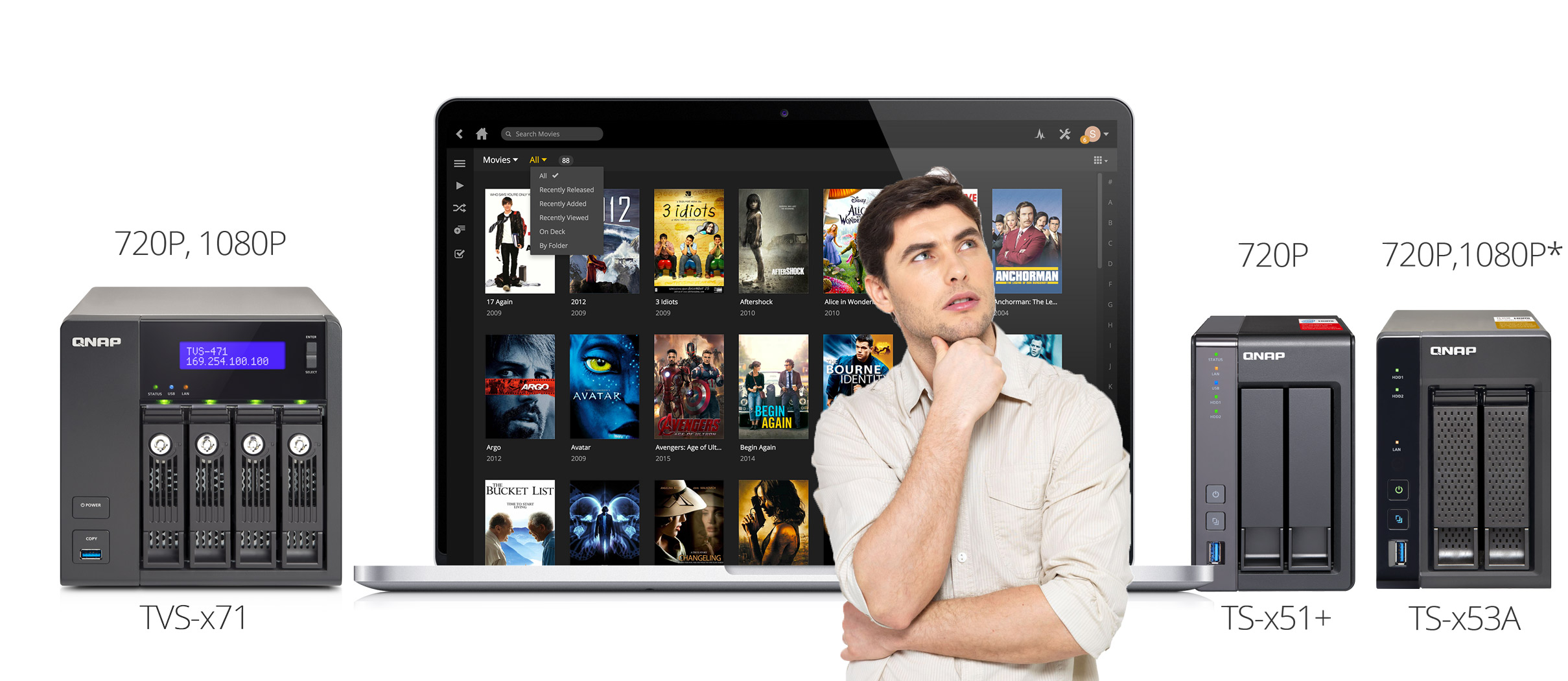


One thing that folks seem to wonder about is-will they need all this power?Ĭonsidering the affordable price point, especially for the M1 Max version, it's a safe bet for most filmmakers that, yes, you will benefit from it. If you are old enough to remember when we used to have to pay $6,500 for a Red Rocket to get real-time transcodes from 4K RED raw files, getting the same speed on 12K for a $2,000 machine is just bonkers. When it came to dailies, we were getting real-time dailies on the 12K files and 2x out of the ARRI RAW, also in real-time. Without much effort on the part of the machine at all, it didn't visibly strain or kick on the fans. We could have seven separate files running all at the same time off of a single SSD.Ī likely issue was a disk speed bottleneck more than processor power. We wanted to see how it handled other formats and software, so we fired up Resolve and piled in 12K Blackmagic RAW files and the (often harder to play) 4K ARRI RAW files. But that's ProRes, which plays well, and Final Cut is incredibly optimized. There is of course the demo Apple made with Final Cut Pro, running 18 streams of ProRes 8K files at once. Obviously, the whole hook of the Mac Studio is that it’s an impressively small form factor machine, while still delivering outstanding performance most clearly demonstrated by the new M1 Ultra.To put it simply, the Mac Studio, even in the $1,999 configuration we tested, just has foot-stomping amounts of power. ConnectivityĪs for I/O, a centrally positioned power socket on the back is accompanied by four Thunderbolt 4 ports, a 10Gb Ethernet port, two USB-A ports, an HDMI port, a 3.5mm “Pro” audio jack, “for high impedance headphones or external amplified speakers,” along with WiFi 6 and Bluetooth 5.0.ĭepending on whether you opt for the M1 Max or M1 Ultra model, the two front-mounted USB-C ports support either USB 3.0 or Thunderbolt 4 (offering 10Gb/s or 40Gb/s, respectively), alongside a SDXC (UHS-II) card reader, either way. As for fan noise, Apple claims that “for most workloads, you barely even hear it,” although it didn’t quote specific values during the March keynote. Dual fans pull cool air in from the grille surrounding the Studio’s base, over a custom circular PSU, and out through a “low-impedance” rear exhaust, positioned above the machine’s ports on the back.


 0 kommentar(er)
0 kommentar(er)
